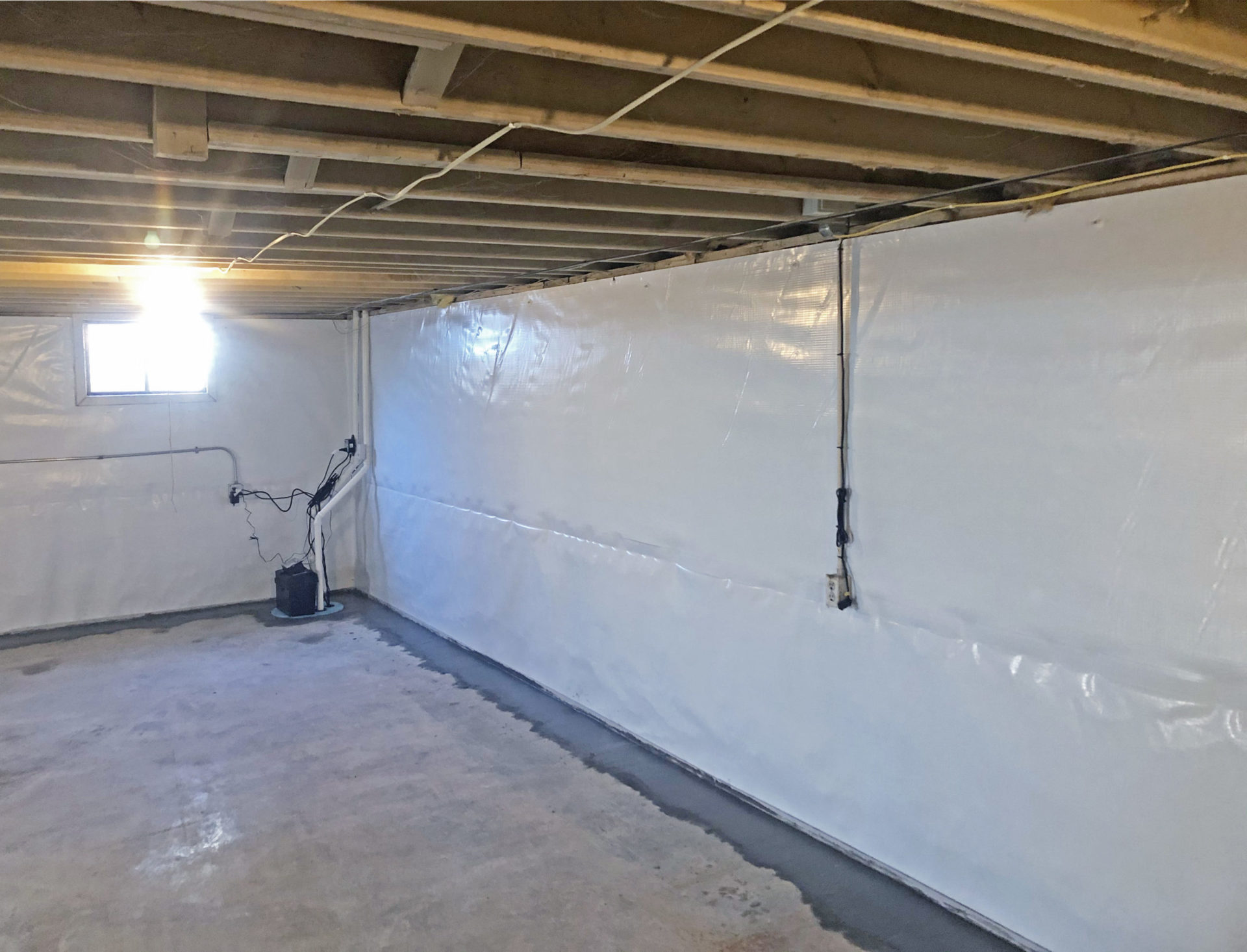Top Stories
More From Our Blogs

You have probably seen construction projects and construction blocks on your commute and have become familiar with the technical term of underpinning.
The underpinning is a broad topic in home renovation, and many factors are related to foundation repair.
What is underpinning?
Substructure means stepwise methods for repairing or changing the foundation. As a result, the structure's integrity is preserved, and there is no risk of damage.
In this method, drilling is done in phases called pins. It's like pinning pieces of paper to acacia or holding clothes on a clothesline with clothespins.
Why should the underpinning be used?
There are many reasons for using underpinning, which are mentioned below. By knowing these reasons, we can understand the unique tools of this reconstruction method.
A structure may require underpinning if:
• The foundation of the house is weak and cannot maintain the integrity of the existing one.
• The primary use of the structure has changed, and it needs to strengthen the foundation.
• The soil is not qualified to bear the weight of the structure.
• Another floor or section is added to the structure that requires deeper foundations to help support the greater load capacity.
• Repairing/strengthening the existing house is cheaper than buying a new one.
• Seismic activity, drought, flood, or other natural events have endangered the structure's safety.
A simple way to understand the importance of underpinning is this: any external force compromising your foundation's strength, integrity, and performance is a reason to underpin (provide reinforcement/structural support).
Types of underpinning
Most architects, engineers, and construction workers do three main types of underpinning and agree on them:
Mass Concrete Underpinning/Mass Pour
We can say that mass concrete foundation is the world's oldest and most common foundation repair method.
This method dug holes under the weakened foundation, and new mud/concrete/filler was poured under the original.
This method increases the depth and width of the foundation and provides additional support for the structure.
As you can see, this method is straightforward and conscientious and has the necessary efficiency. Just dig a hole under the existing base and fill it with retaining material. Your underpinning is done.
Disadvantages of mass concrete underpinning
This process takes a lot of time.
It requires digging, which can make the environment dirty and disorderly.
If the contractor is digging under the existing foundation, you may not be able to use parts of your home.
The mass concrete underpinning method is a complex construction process and costs a lot.
Deeper soil is not always more robust. Also, the area of concrete footings is often less than strip footings and may support a taller wall. Therefore, the actual bearing capacity of the new foundations can be lower than the original one.
In reactive clay soils, the traditional underpinning method causes differential movement between the lower parts of the structure and the rest of that.
2. Beam and foundation underpinning
In this underpinning method, which is newer than the first, a reinforced concrete/steel beam is constructed below, above, or in place of an existing foundation.
The beam then transfers the weight of the building to these concrete/metal footings placed at strategic load-bearing locations.
As you can see, this method is a bit more complicated than a mass concrete underpinning as it adds a new concrete/steel footing to the old one. In this method, no foundation replaces the old one.
3. Mini-piled Underpinning
If access to parts of your basement is difficult or environmental pollution is significant, the mini-piled underpinning method is used because this method is more flexible.
The mini-piled underpinning is usually used when we transfer the structural load to the bearing soil at a greater depth (sometimes as deep as 50 feet).
This method was first used in Italy in 1952 and has undergone many changes under numerous names and patents.
Why do homeowners need underpinning?
If the foundation of a house settles, its owner should think about underpinning. Many reasons cause a foundation to decide, including expansive soil, poor irrigation, and many other factors.
Homeowners will typically need subflooring for the following reasons:
1- The house prevents them from settling down further
2- They are tired of paying high fees for frequent cosmetic repairs
3- They want to increase the value of their property.
A home is an excellent investment because of its durability and transferability through inheritance or sale. Underpinning is usually a long-term repair method that increases the property's value.
According to what has been said, the underpinning will benefit the homeowner. But since this method is related to the integrity of the house structure, it is necessary to use a professional and experienced team to do it.
Does the underpinning offer a permanent fix?
The answer depends on the soil on which your house is built. The type of underpinning method you choose to solve your problem also is determinant.
One underpinning method is not suitable for all foundation and basement elevation problems. After evaluating the existing foundation and the reason for using the substructure, the expert contractor will determine if the substructure method can provide you with a permanent solution.
Some basic methods for your problem can provide a permanent result. You can only get a definite answer to your question from a reputable underpinning company.
If you call amateurs, there is a possibility that they will destroy the entire structure of your house. Do not take significant risks.
The WETFIX Company has 30 years of experience in underpinning projects and uses expert staff and up-to-date tools. Feel free to contact us and use our WetFix instant visit services.

